Understanding dashboard warning lights in your Chrysler Pacifica is essential for keeping you and your passengers safe on the road, as they alert you to potential issues that could lead to breakdowns or accidents.
By recognizing these lights promptly, you can address problems early, preventing costly repairs and maintaining the vehicle’s overall performance. This knowledge empowers you to take quick, informed actions, ensuring your minivan runs reliably for family trips or daily drives.
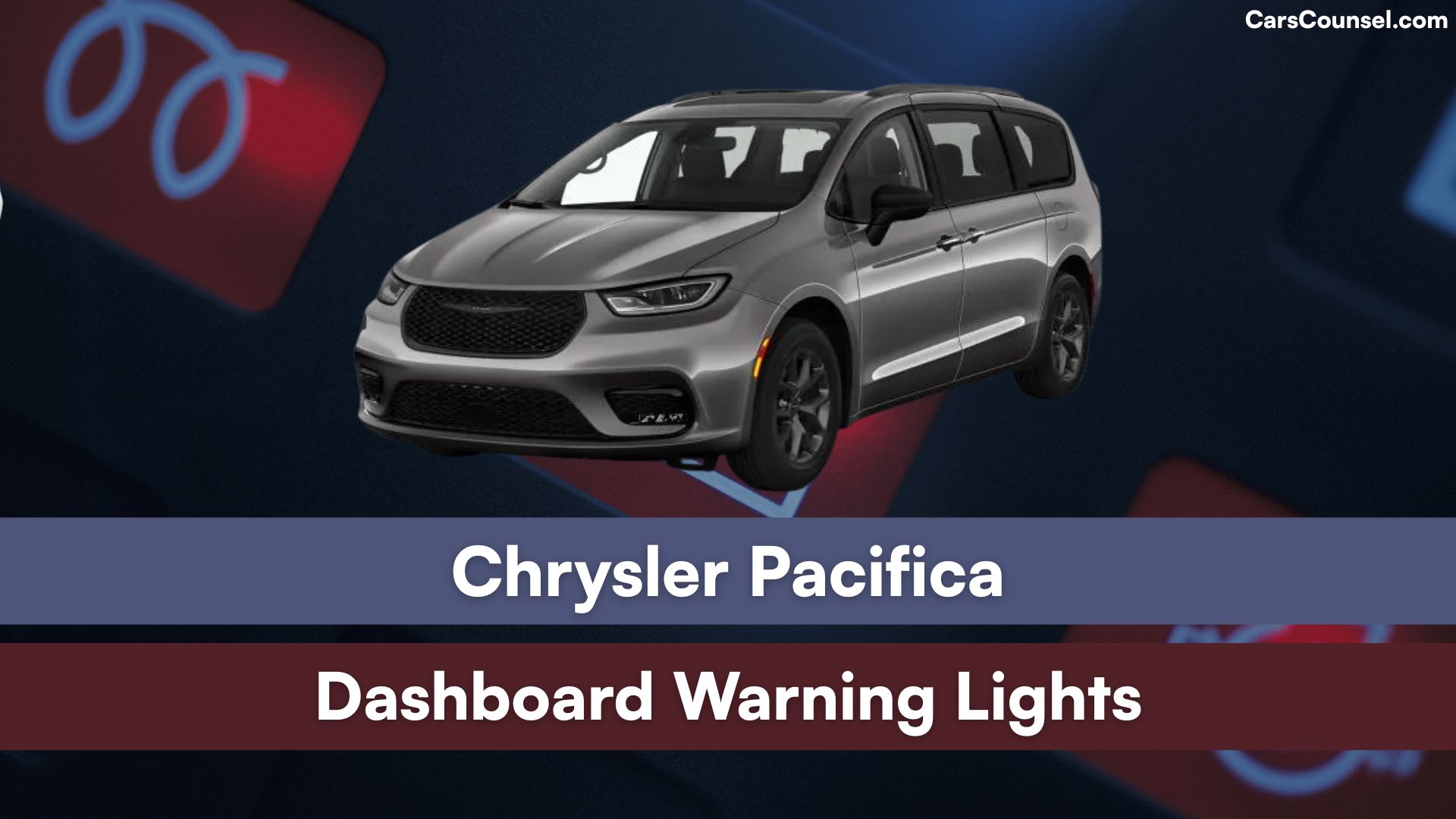
Quick Navigation
Red Warning Lights (Stop Immediately)
These lights signal serious issues that require you to pull over safely right away to avoid damage or danger.
Oil Pressure Warning
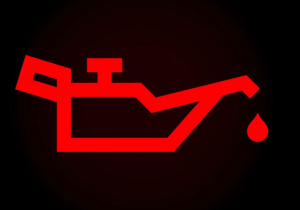
This light shows low oil pressure, which might come from leaks or pump failure. Stop the vehicle immediately, check the oil level, and do not drive until fixed to prevent engine damage.
Engine Coolant Temperature Warning
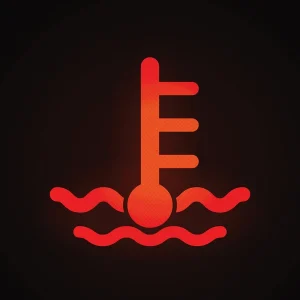
Indicates the engine is overheating, possibly due to low coolant or a faulty thermostat. Pull over, turn off the engine, and let it cool before checking coolant levels or seeking help.
Battery Charge Warning
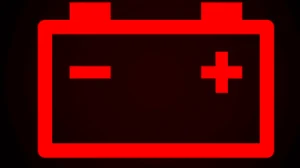
Signals a problem with the battery or charging system, like a failing alternator. Stop driving, turn off non-essential electronics, and get the system checked to avoid a dead battery.
Brake System Warning
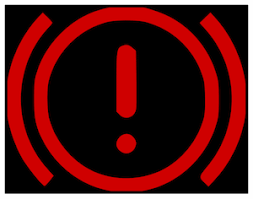
Alerts to low brake fluid or a hydraulic issue, which could lead to brake failure. Park safely right away and contact a mechanic for inspection and repairs.
Airbag System Warning

Means there’s a fault in the airbag setup, possibly from sensor issues, preventing deployment in a crash. Stop and have it serviced immediately for safety.
Seatbelt Reminder
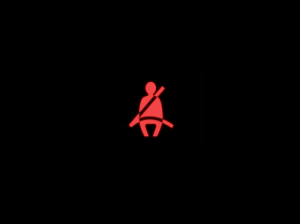
Reminds unbuckled occupants to fasten their seatbelts, as it detects improper use. Buckle up before driving, and if it persists, check for damaged buckles or sensors.
Door Ajar Warning
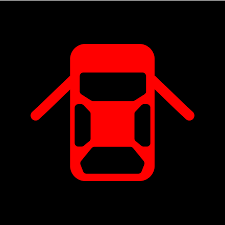
Shows a door, hood, or trunk is not fully closed, risking items falling out or security issues. Stop, secure all closures, and ensure the light turns off before proceeding.
Transmission Temperature Warning
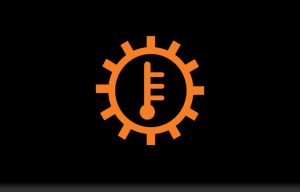
Indicates overheating in the transmission, often from heavy loads or fluid problems. Pull over, let it cool, and visit a service center to avoid transmission failure.
Power Steering Warning

Signals a failure in the power steering system, making steering hard. Stop immediately and get professional help, as driving could be unsafe.
ABS Warning
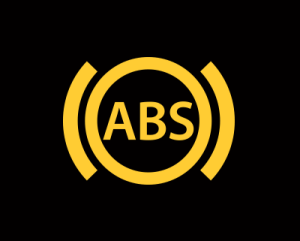
Points to a problem in the anti-lock braking system, like sensor faults, reducing braking effectiveness. Stop and have it inspected promptly to restore safe stopping.
Plug Status Fault Warning (Hybrid Models)
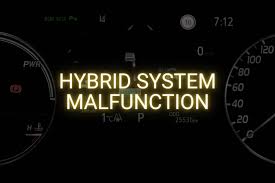
Alerts to charging issues in plug-in hybrids, such as cable faults. Disconnect the charger, stop driving if needed, and consult a dealer for hybrid system checks.
Low Brake Fluid Warning
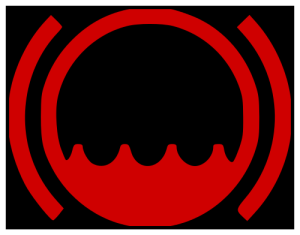
Indicates brake fluid is too low, possibly from leaks, affecting braking power. Pull over, check fluid levels, and add if necessary before getting it serviced.
Hood Open Warning
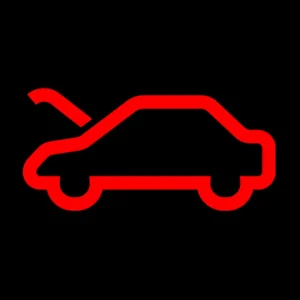
Detects the hood is not latched properly, which could fly open while driving. Stop safely, close and secure the hood, then verify the light extinguishes.
Service Required Warning
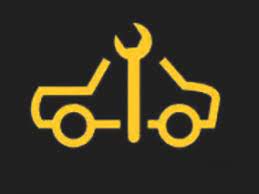
Flashes for critical faults needing immediate attention, like major engine issues. Stop driving and schedule service right away to diagnose the problem.
Yellow/Amber Warning Lights (Action Required Soon)
These lights mean you should address the issue soon, but you can usually continue driving carefully until fixed.
Check Engine Light
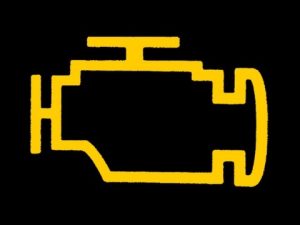
Signals various engine problems, from a loose gas cap to sensor failures. Tighten the cap first, and if it stays on, visit a service center for diagnostics.
Tire Pressure Monitoring System (TPMS)
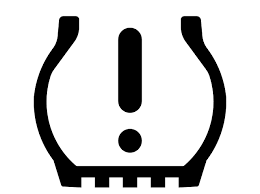
Indicates low tire pressure in one or more tires, possibly from punctures. Check and inflate tires soon, and repair any damage to maintain handling.
Electronic Stability Control (ESC) Warning
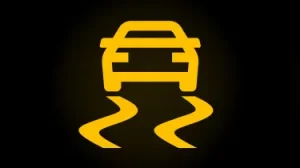
Shows the stability system is off or faulty, reducing traction control. Turn it back on if possible, and get it checked to ensure safe driving in slippery conditions.
Low Fuel Indicator
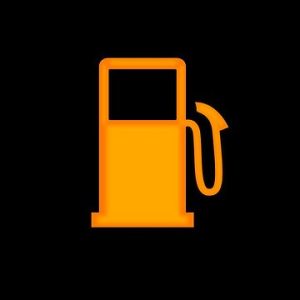
Alerts when fuel is running low, risking you getting stranded. Refuel at the next station to avoid running out.
LaneSense Warning
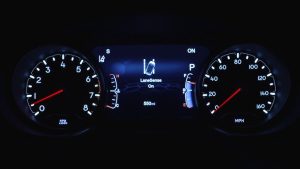
Detects lane drifting, often from inattention or wind. Correct your path, and if it persists, have the system calibrated at a service center.
Forward Collision Warning Off

Means the collision avoidance system is deactivated or faulty. Reactivate it in settings, and seek service if it won’t turn on for added safety.
Low Windshield Washer Fluid

Indicates washer fluid is low, impairing visibility cleaning. Refill the reservoir soon to keep your windshield clear.
Auto Start/Stop System Warning
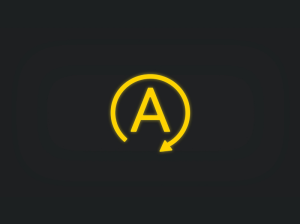
Signals a fault in the fuel-saving stop/start feature, like battery issues. Have it inspected to restore efficiency and function.
Diesel Particulate Filter (DPF) Warning (If Applicable)
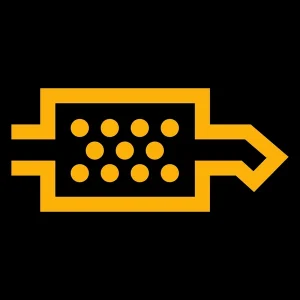
Alerts to a clogged filter in diesel models, reducing performance. Drive at highway speeds to regenerate, or visit service if it doesn’t clear.
Glow Plug Warning (Diesel Models)

Shows glow plugs are heating for cold starts, but if staying on, indicates a fault. Wait for it to go off, or get plugs checked for starting issues.
Transmission Fault Warning
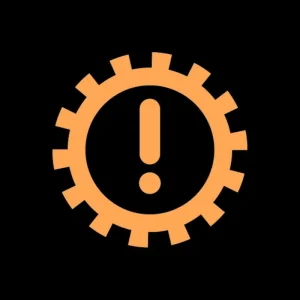
Points to minor transmission issues, like sensor problems. Schedule service soon to prevent escalation into major repairs.
Battery Temperature Warning
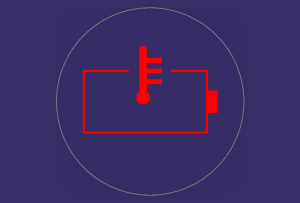
Indicates the battery is too hot or cold, affecting performance. Allow it to normalize, and check for charging system faults.
Service Adaptive Cruise Control
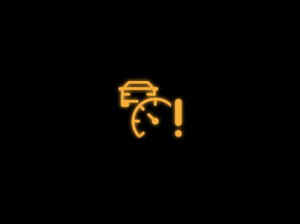
Means the cruise system needs attention, possibly from dirty sensors. Clean sensors first, then visit a dealer if the light remains.
Green Information Lights (Information Only)
These lights provide status updates on active systems and do not require action.
Headlights On Indicator
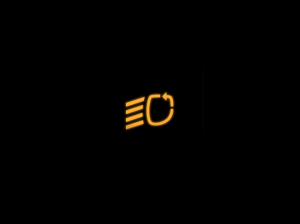
Shows headlights are activated for better visibility at night. No action needed; it reminds you they’re in use.
High Beam Indicator

Indicates high beams are on, helping in low-light areas. Switch to low beams when approaching other vehicles.
Front Fog Lights Indicator

Signals fog lights are active for foggy conditions. Turn off when visibility improves to avoid blinding others.
Turn Signal Indicators
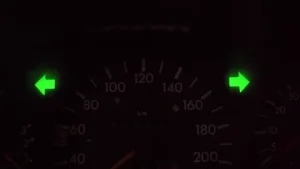
Flash to show left or right turn signals are on. They remind you to turn them off after changing direction.
Eco Mode Indicator
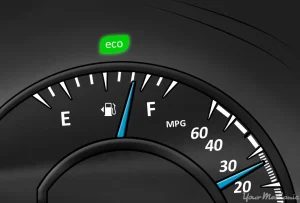
Indicates eco driving mode is active, optimizing fuel efficiency. No action; switch modes if you need more power.
Parking Lights On Indicator

Confirms parking lights are illuminated for stationary visibility. Turn off when leaving to save battery.
Ready to Drive Indicator (Hybrid)
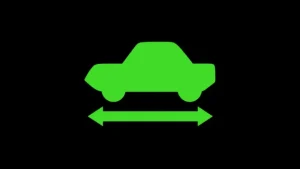
Signals the hybrid system is ready for electric or hybrid mode. Proceed normally; it’s just confirmation.
Max Regeneration Indicator (Hybrid)
Indicates maximum energy recovery during braking. No action; it optimizes battery charging.
Auto High Beam Indicator
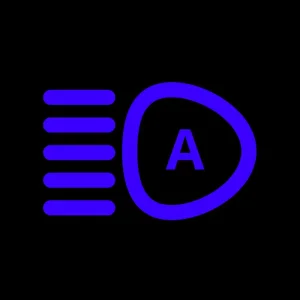
Shows automatic high beams are active, dipping for oncoming cars. Override manually if needed in specific situations.
Rear Fog Lights Indicator
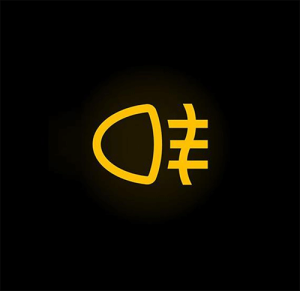
Confirms rear fog lights are on for poor visibility. Deactivate when conditions clear to prevent rear-end confusion.
Sport Mode Indicator
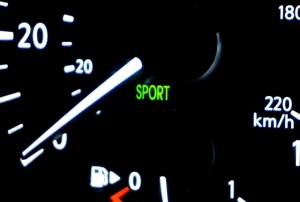
Means sport driving mode is engaged for better performance. Switch back to normal for everyday efficiency.

